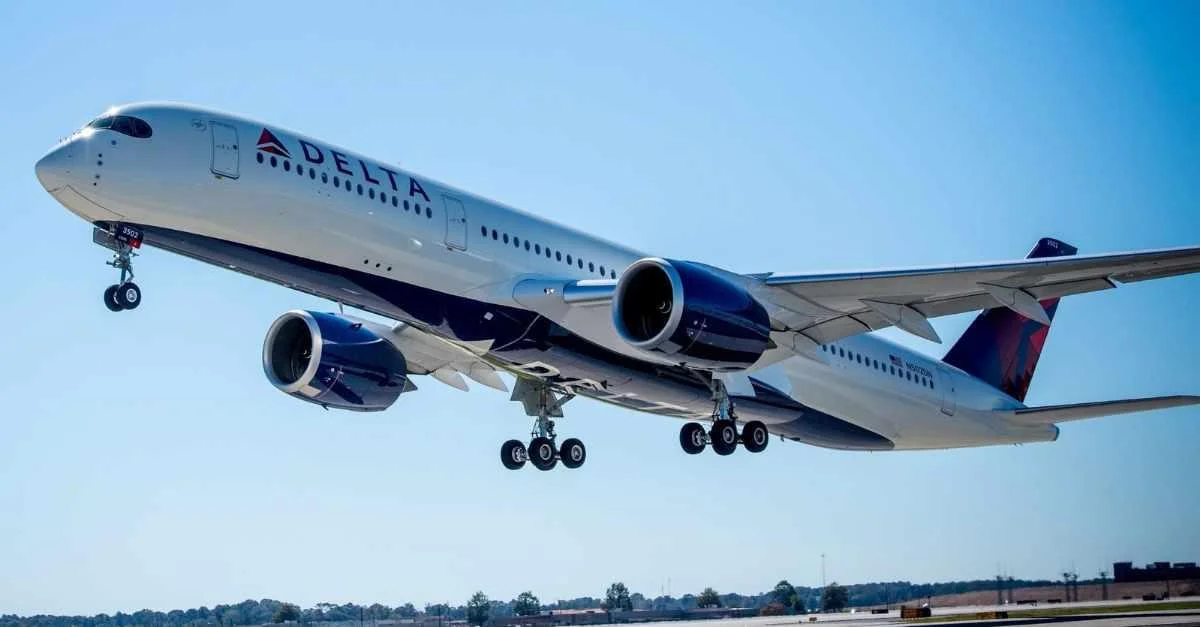Joby announced earlier this week it has successfully completed a 523-mile flight of its hydrogen-electric concept aircraft. The flight occurred on June 24 over Marina, California, and included vertical takeoff and landing capability.
The hydrogen-electric variant of Joby’s electric vertical takeoff and landing (eVTOL) aircraft is designed as a complement to the fully electric version, which has a much shorter range and is envisioned as an urban transport. Having the option within the same fleet of a longer-range aircraft with a large element of parts and systems commonality offers advantages for Joby’s planned commercial operations.
Joby founder and CEO JoeBen Bevirt said, “Imagine being able to fly from San Francisco to San Diego, Boston to Baltimore, or Nashville to New Orleans without the need to go to an airport and with no emissions except water. That world is closer than ever, and the progress we’ve made toward certifying the battery-electric version of our aircraft gives us a great head start as we look ahead to making hydrogen-electric flight a reality.”
 Alerts Sign-up
Alerts Sign-up

























